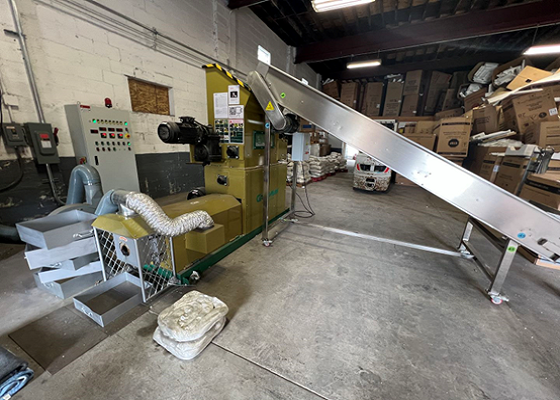Kayaking up the Connecticut River from the coast, we kept seeing more and smaller pieces of plastic as we made our way through the marshes. Not just straws, lighters, combs, and fishing lines, but also unidentifiable and numerous unknown plastic fragments. Even in one of the less polluted areas of the East Coast, outside a city with an organized waste management and recycling system, the land and water are filled with plastic waste. In fact, some of the unknown plastic particles you can see are probably EPS foam beads. These EPS are composed of foamed polystyrene beads. They are easily broken down by exposure to the sun and the impact of water flow in nature. It will break into small beads, which will cause serious plastic foam pollution, especially when it breaks down again to form microplastics, which will be more difficult to handle (microplastics refer to plastic particles less than 5 mm in diameter, which are a kind of pollution-causing main carrier), will cause more serious environmental pollution and even cause harm to living things, including humans. So we should recycle EPS foam in time.

Timely use of EPS densifier to crush and recycle EPS foam not only facilitates transportation, but is also one of the ways to prevent loose EPS from breaking and flowing into nature. The compressed EPS foam becomes compact, less likely to loosen, and easier to store. Therefore, GREENM advocates the use of EPS densifier for timely recycling. It is actually unwise to place the hope of recycling on upstream or downstream partners, because this kind of partnership is unstable, and this kind of irregular recycling activities is not encouraged.

Customers who have used the EPS densifier have had more or less similar complaints before, that is, it is very painful to use without the EPS densifier. Not only is recycling not timely, but recycling methods are also limited. Usually the EPS that is recycled is It is landfilled, and environmentally friendly recycling activities cannot be carried out. The use of EPS densifier for recycling realizes the effective recycling of resources, while protecting the environment and also solving the problem of resource scarcity.